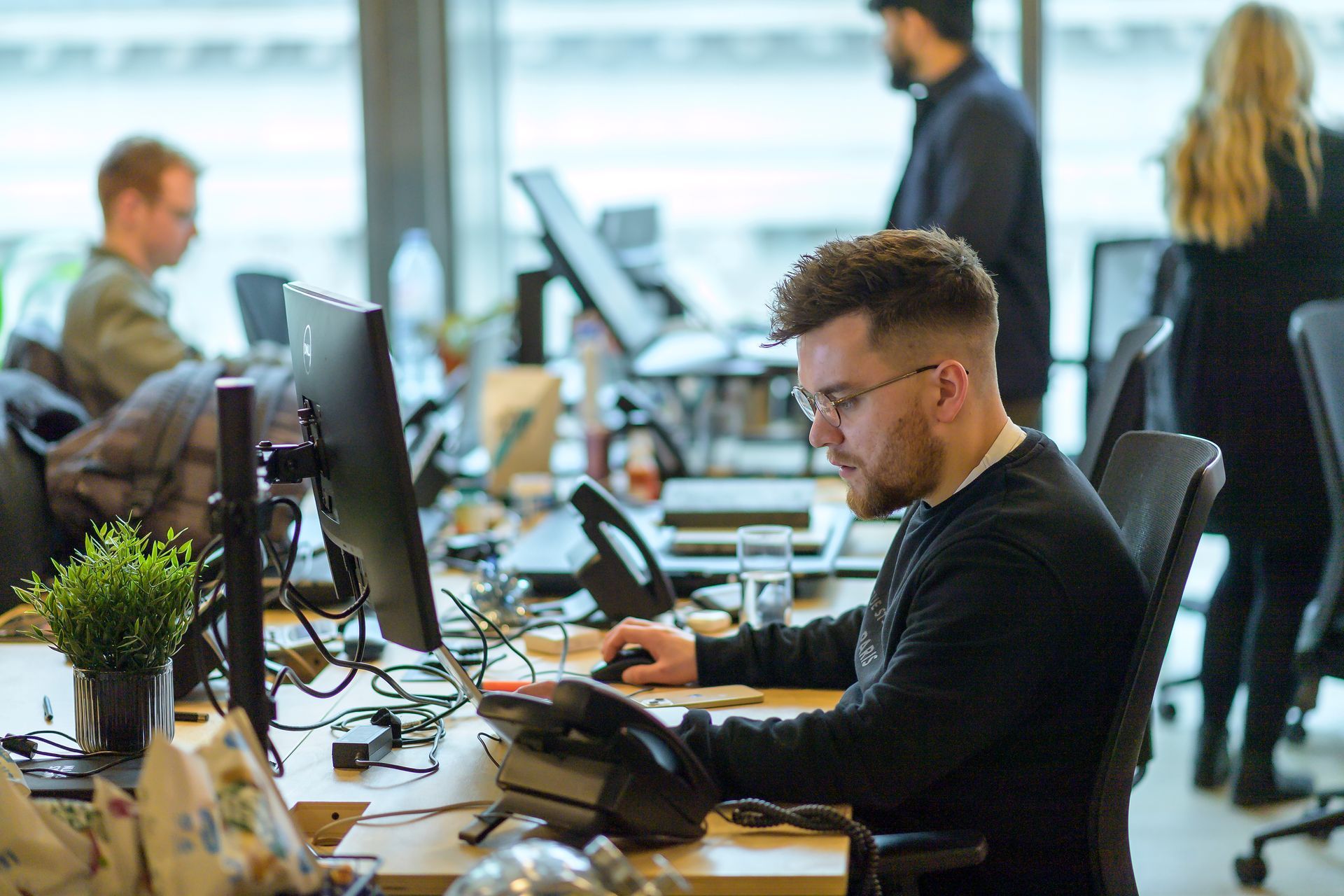The Curious Women of STEM.
As I begin to put fingers to keyboard, a glint of light streams through my window hitting my mirror in a way that creates this beautiful circle of colour on the opposite wall. It makes me think about when we would make kaleidoscopes as children out of toilet paper roles. My mum would say, “What a curious child… She get’s her hands into everything!”. From the relentless questions mimicking that of a detective… to the ‘I’m warning you! ’, moments shortly before Olympiad diving sessions in backyard puddles, when did this curiosity escape me? Or has it?
I recently thought about how different my life could be if I followed my childhood love for math and scientific exploration. Thoughts melted into questions… Why didn’t I? I thought about how great it would be to speak to women who have.
As I type in a race with the fading sunset light, part of me wants to scream about unequal pay and the lack of female leadership in STEM I have been reading about… but that is not the purpose of this article. To better understand the female role in STEM, I caught up with two trailblazers in the industry: Management and Ultrasonic Chemical consultant, Roxanne Shank in Alberta, Canada and Samira Kaissi, consultant for Venture Capitals and MedTech startups in Limerick, Ireland.
Listening to real women in STEM has helped me realise that shouting will not fix issues that require systemic change. Roxanne explained to me the years it took her to ‘break into upper-level meetings’ while Samira mentioned the impact of ‘missed opportunities when you don’t get more females in science’.
Upon discussion with these women, it seems clear to me that there is a lack of understanding as to what the barriers to entry are for women in STEM. Samira justifies this, ‘Do women not want to do this line of work? Or are there other barriers?’. Samira and I spoke about what she believes to be one of the best ways to improve equality in STEM disciplines, to put ourselves in the shoes of the women within it.
1. Recognising the importance of conversation.
I think of my own experience at school where I believed a career path in science was destined for lab coats and test tubes. Engineering? Wasn’t even worth thinking about. There were no case studies about real people in STEM. Where do they work? What’s the average salary? I thought the natural progression was lab work or teaching. The issue was, with such an emphasis on textbook learning, there was little space for non-curriculum-based conversation.
If I had shared the same educational experiences as my interviewees, perhaps my career would have taken a different turn. Roxanne mentioned how her Chemistry professor impacted her relationship with the sciences. She developed a program to bring her students to local universities where they were exposed to female Engineers and Scientists in action. These experiences shaped her view of the industry and gave her an insight into ‘what we could do and where we could go’ within STEM.
Similarly, Samira attended University in California, where ‘hands-on and research-focused’ learning involved an eye-opening experience of isolating frog eggs to insert RNA Interment, plus she ‘was paid for research time as well’.
I think back to my loo-role kaleidoscope and wonder whether we underestimate the power of hands on, conversational-led learning? For some, the power of the textbook transcends all other learning methods, but each person is individual and learns in their own way, so perhaps the teaching methods offered should mirror that?
2. Encouraging women to be curious and keep an open mind.
There are certain times in life when words spoken transcend a place in your mind which makes you believe you are all-conquering. Roxanne’s powerful statement: ‘You have the power to influence your industry, we all do’, does exactly that. Roxanne’s view ties in with a realization I had while chatting to both ladies – STEM seems like the ideal career for Millennials and Gen Z’s. Known for wanting to make an impact and move between jobs. STEM is in a constant state of flux and Roxanne mentions that you must ‘keep an open mind’. She says, ‘if you have the drive, you have the power to carve out whatever career you want from it’. If you’re a person who doesn’t like change… this may not be the career for you as both women mention the non-linearity of this path - ‘It's not just a one-track career, and you can work everywhere in the world’, Samira says.
Having graduated from an Instrumentation masters, Roxanne ended up in industrial chemistry and absolutely loved it. Her curiosity allows her to view her career as a puzzle, thinking ‘how do I put all the pieces together and make it something that's my own?’. Samira reminds me that women are born curious, ‘Eve was curious, you know, everybody said don't eat it but she ate it then she was punished and Pandora was curious’, ‘we are generally very curious and that's so important in science and it's also important to be thinking outside the box’. This argument makes me think of my childhood curiosity, does societal expectation diminish the natural curiosity which thrives in Science? With less women than men entering STEM fields, are we are denying society of the ideation which arises from curiosity?
3. Being a mentor.
I think of the impact my mum’s mentorship has had on my life. Yet, when preparing for important presentations or meetings, I don’t go to her for advice. Mentor’s may be different in professional and personal life. Not just in STEM, but across all industries. As you read this, a certain friend or work colleague may come to mind? Mentors can help break the wall between alien and familiar. The importance of mentorship from educators in the classroom, parents in the home, influencers of the impressionable knows no bounds.
Roxanne mentioned the impact of two male mentors on the success of her career, one looked at it like ‘I just don’t see gender’, while the other ‘grew up during the time when the feminist movement had started, so he respected what a lot of women have had to go through’. These men helped her navigate some of the greatest challenges to advancement in her career. Similarly, Samira mentions how we need to move away from the stereotypical representation of female scientists ‘as gorgeous wearing a short skirt and full makeup, walking around like just the female scientist’, but begin to show real people, in real jobs. Both women continuously return to the fact that their argument is not about creating an imbalance of the sexes in favour of one or the other, but to continue developing boundary breaking innovation, as to promote inclusivity and equality between all.
As the evening light begins to fade outside my window, I’m reminded that the light we shine on the women of STEM must never dull if we are to create a society of equality. So often, we underestimate the power of conversation and curiosity, but these everyday elements of life, from loo-role kaleidoscopes to childhood detective skills, go on to become the elements which create the next generation of scientists and engineers. As people, our shared knowledge and continued mentorship can enrich the learnings of those around us. It can be difficult to become something which you have never been shown. Therefore, perhaps it is necessary for us all to become instigators of change for the future of women in STEM?





